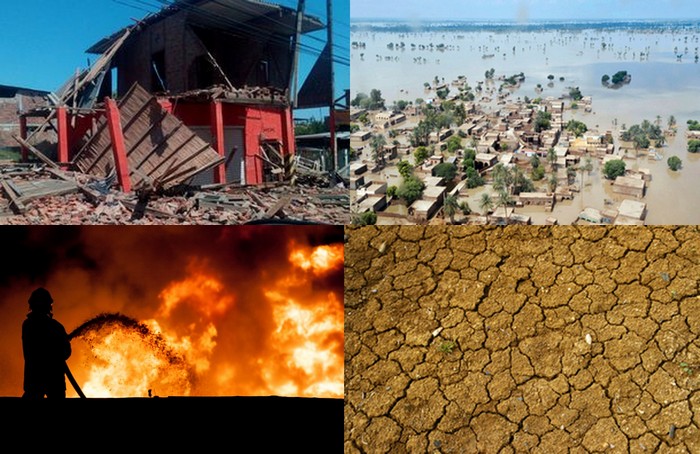
Natural hazards include earthquakes, cyclones, floods, mud slides, droughts, tsunamis, volcanic eruptions, and fires. For all disasters that follow natural hazards, ICTs play a critical role in facilitating the flow of vital information in a timely manner.
